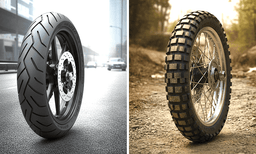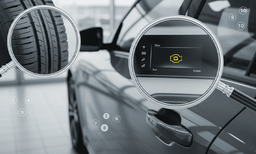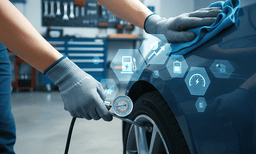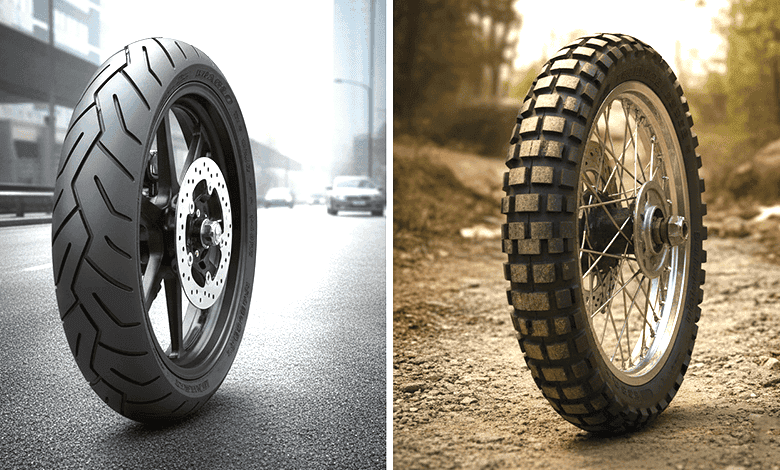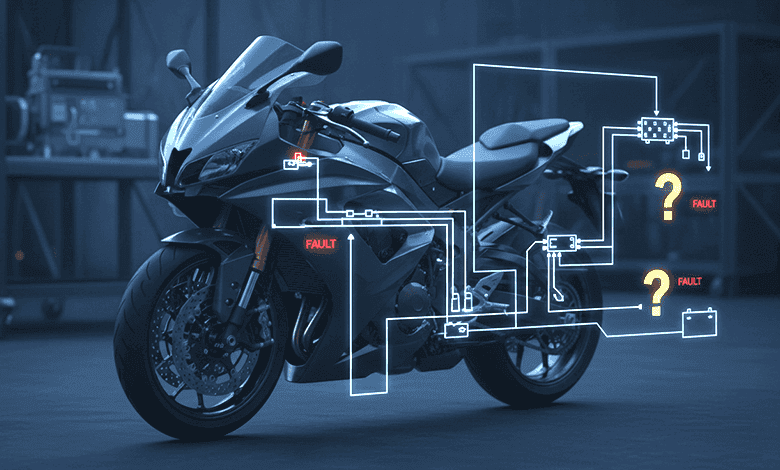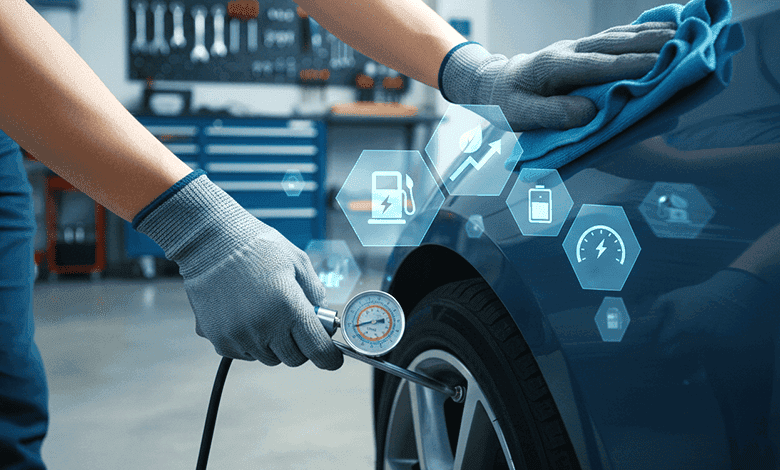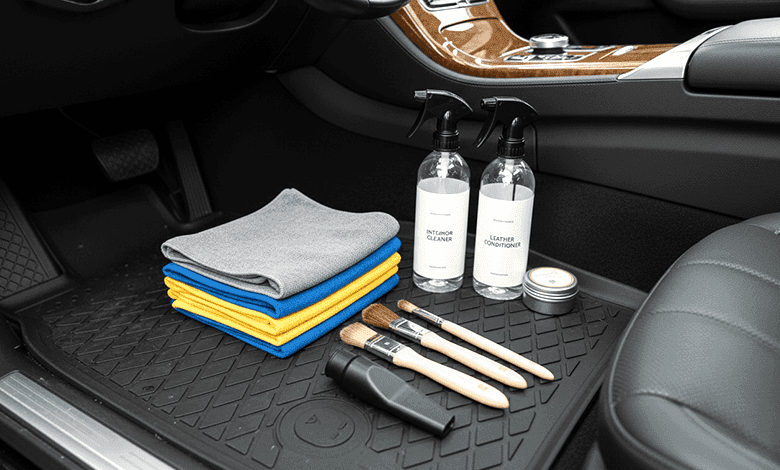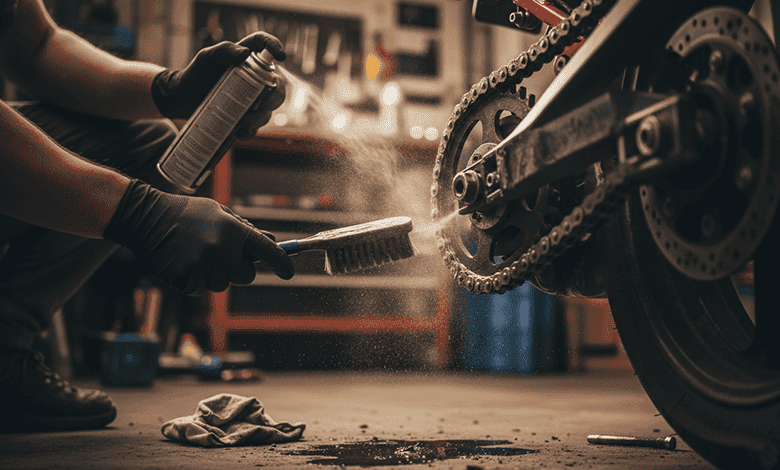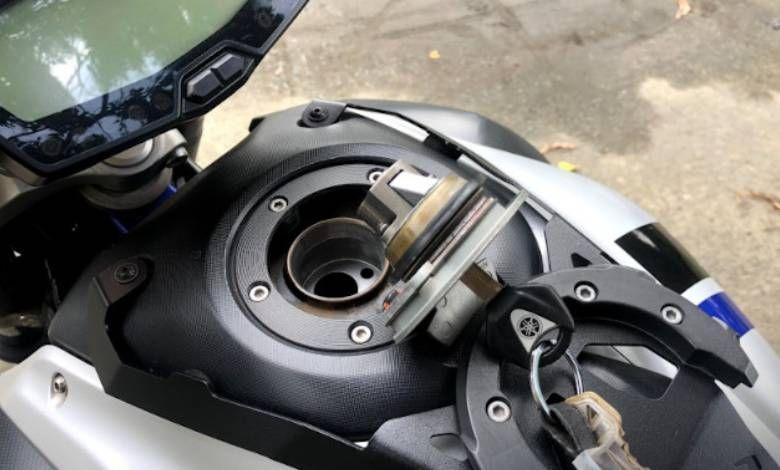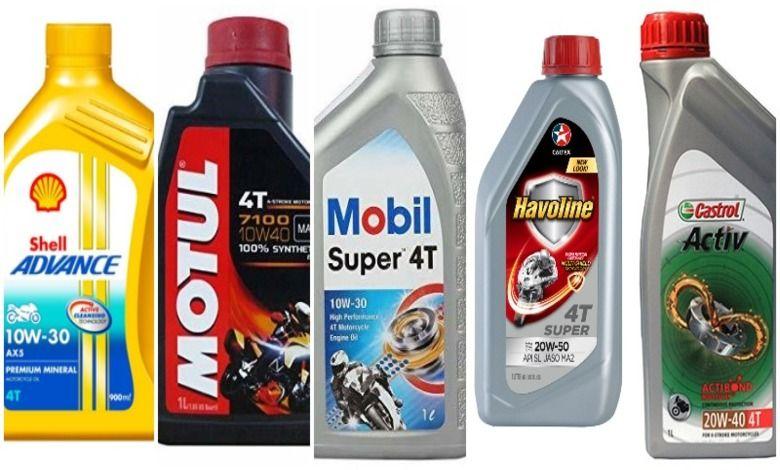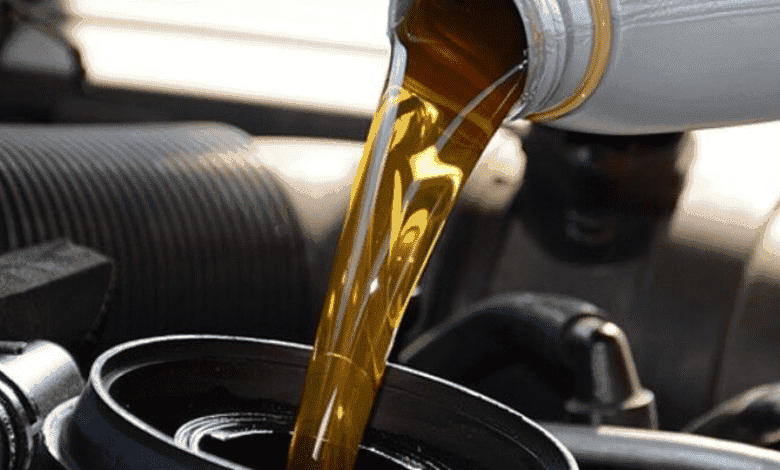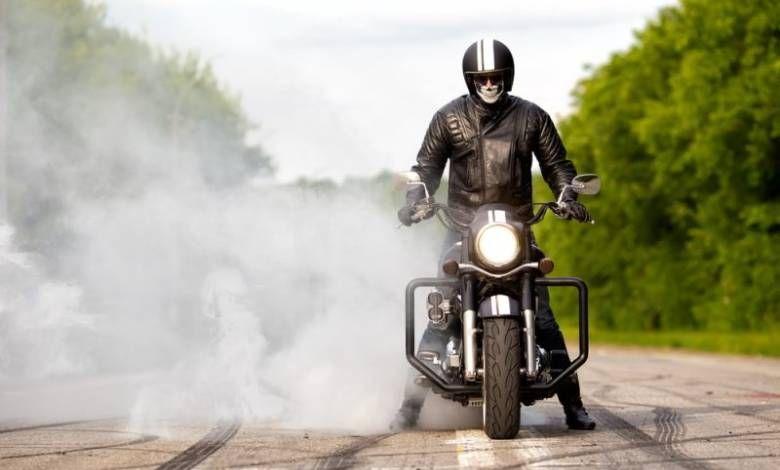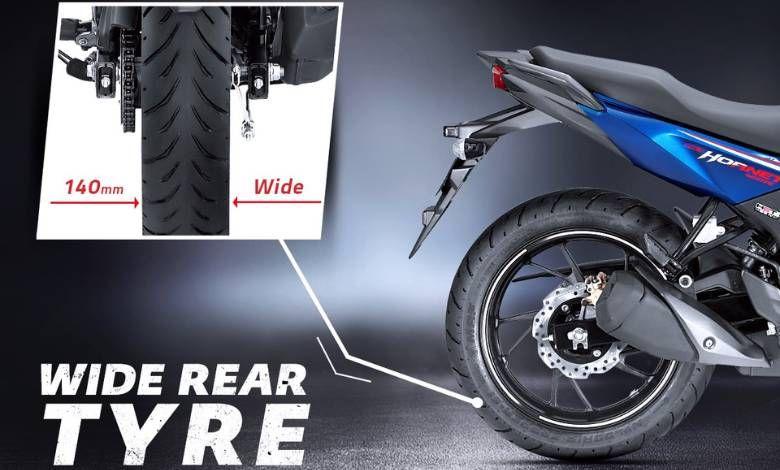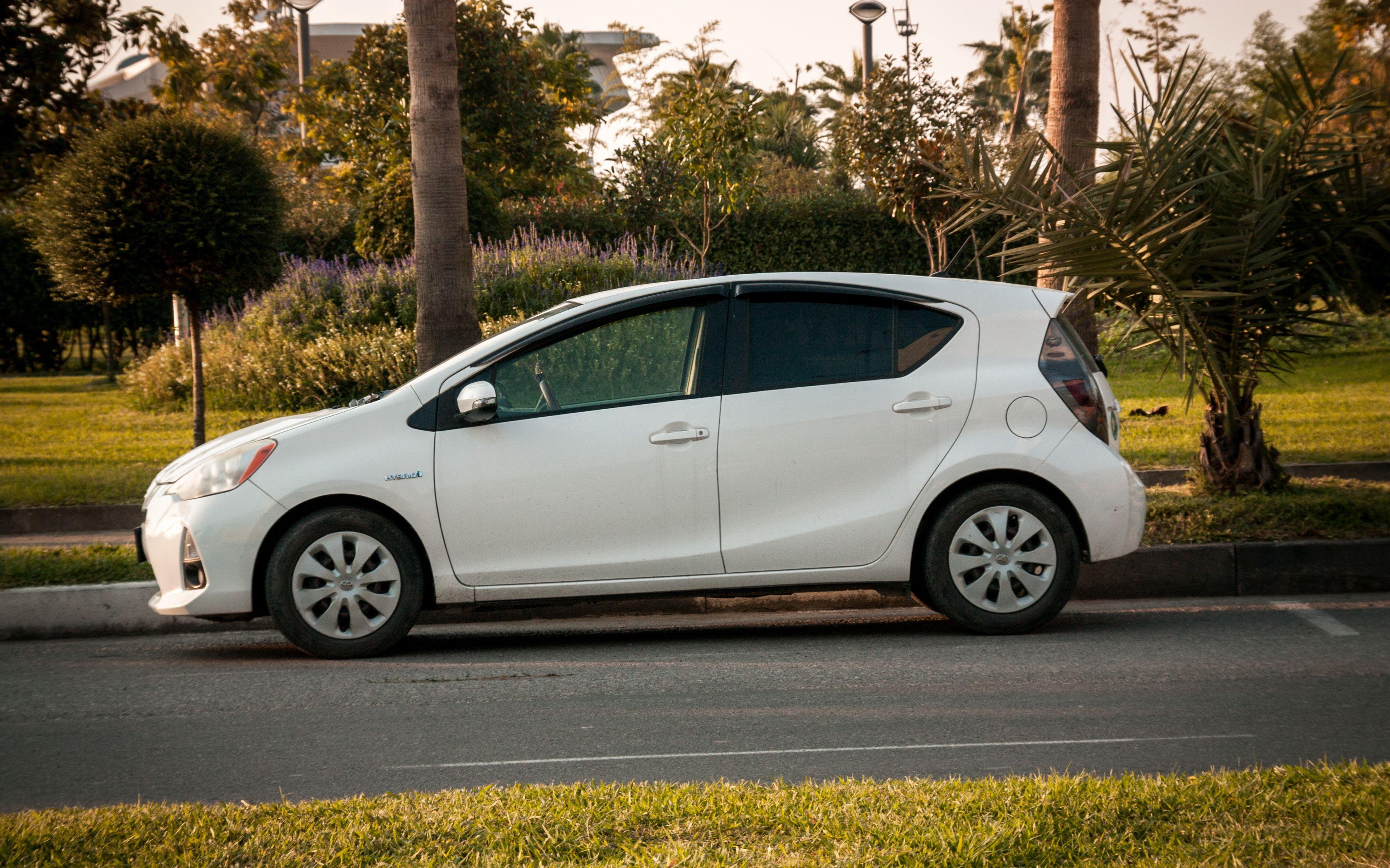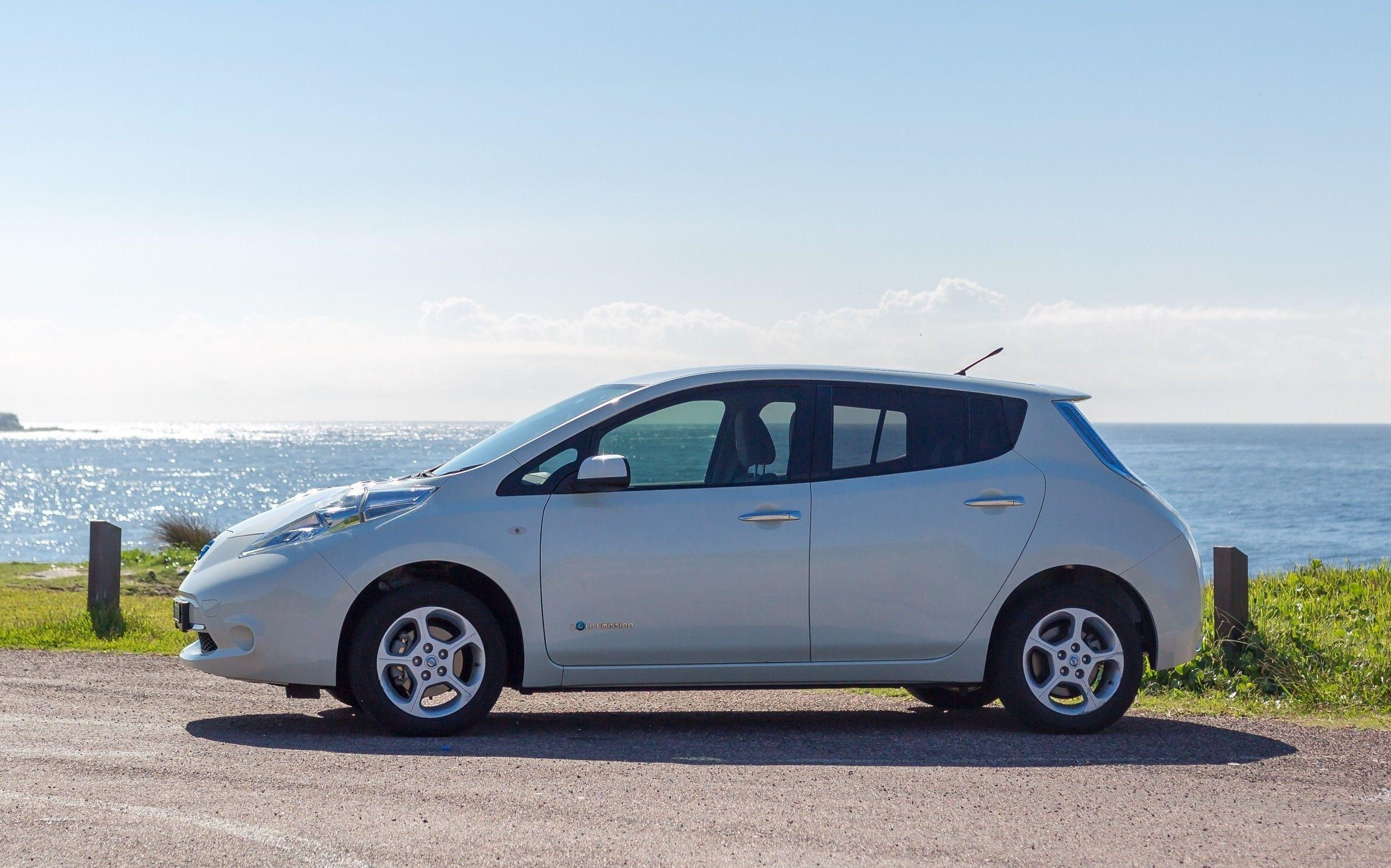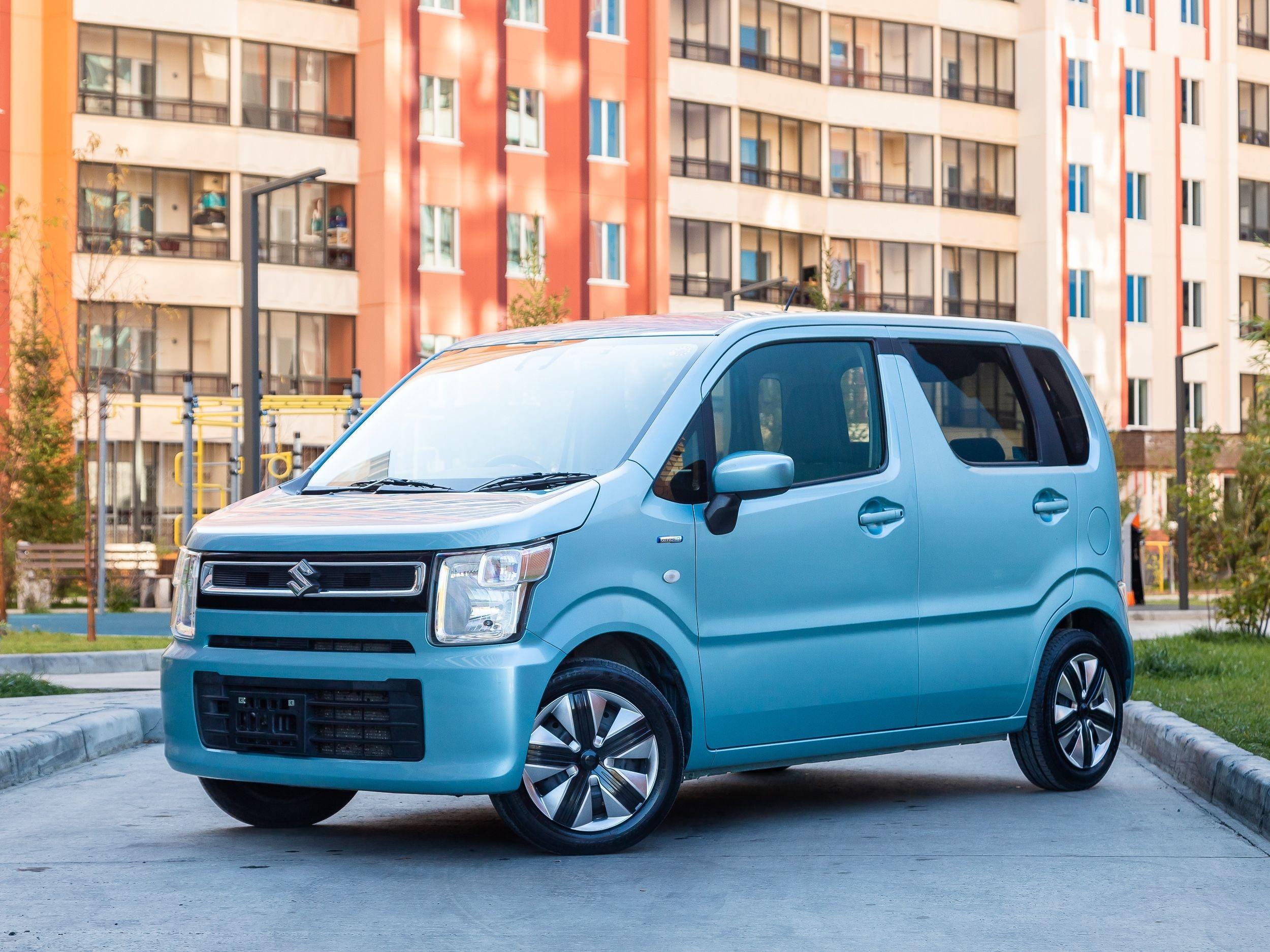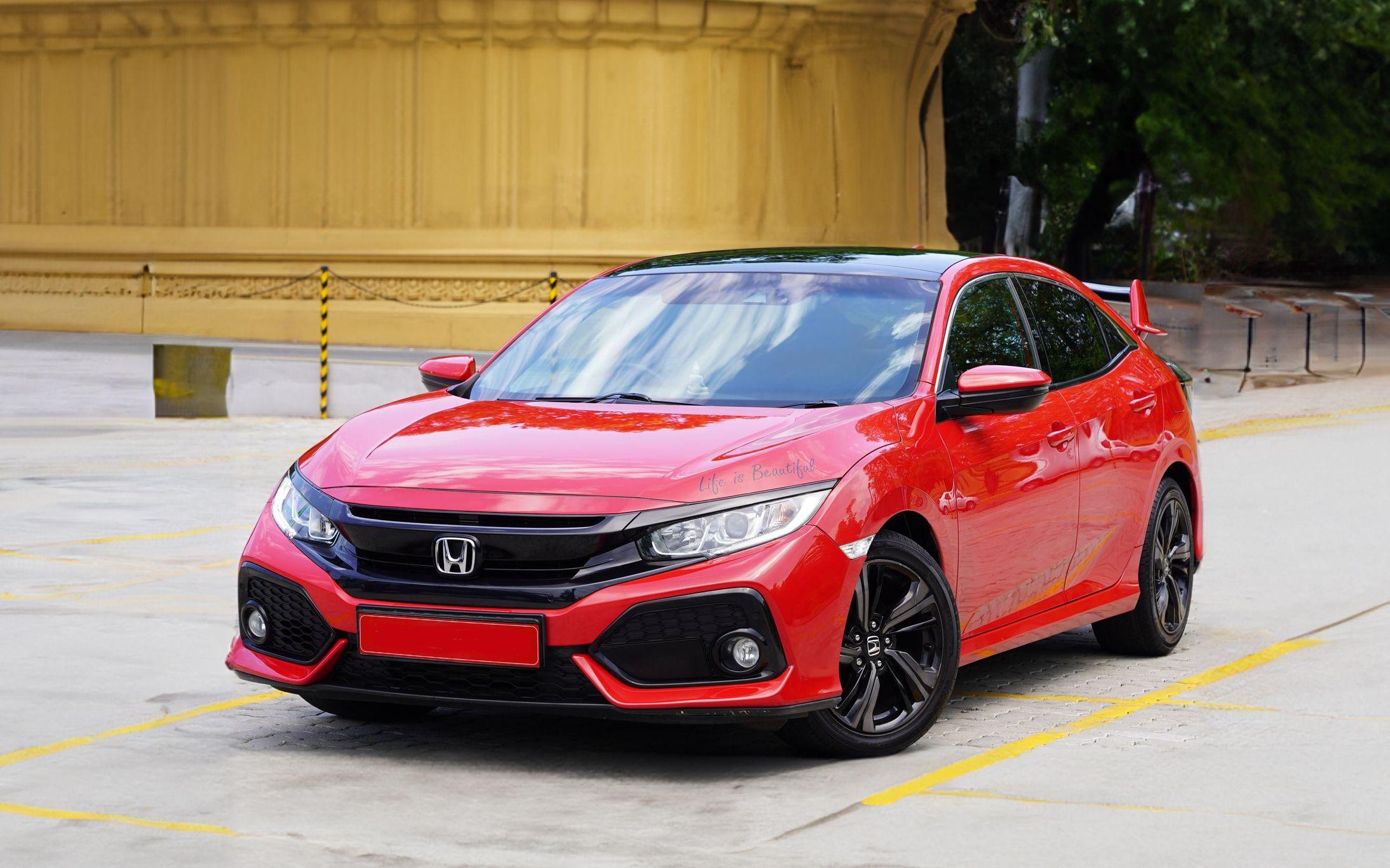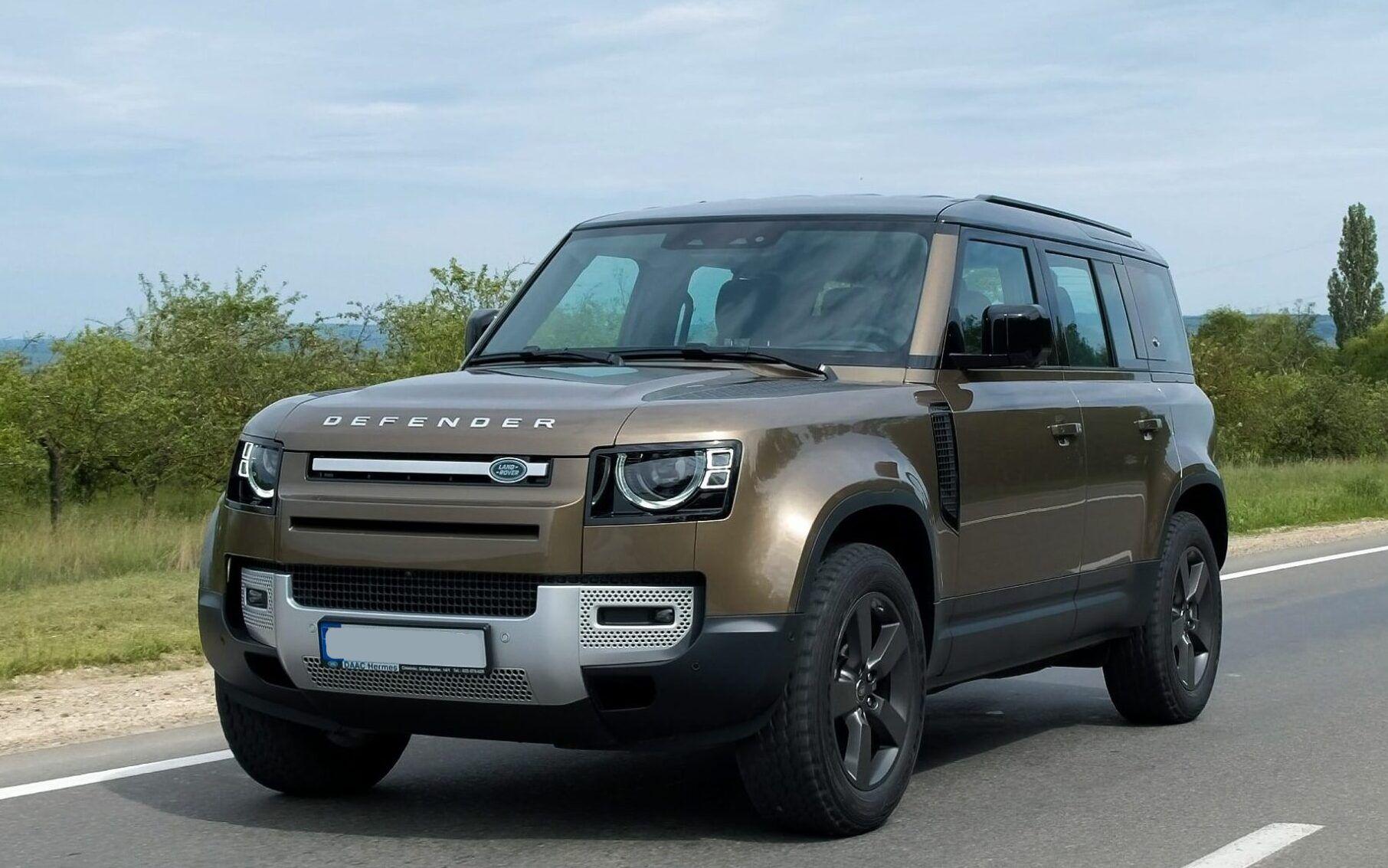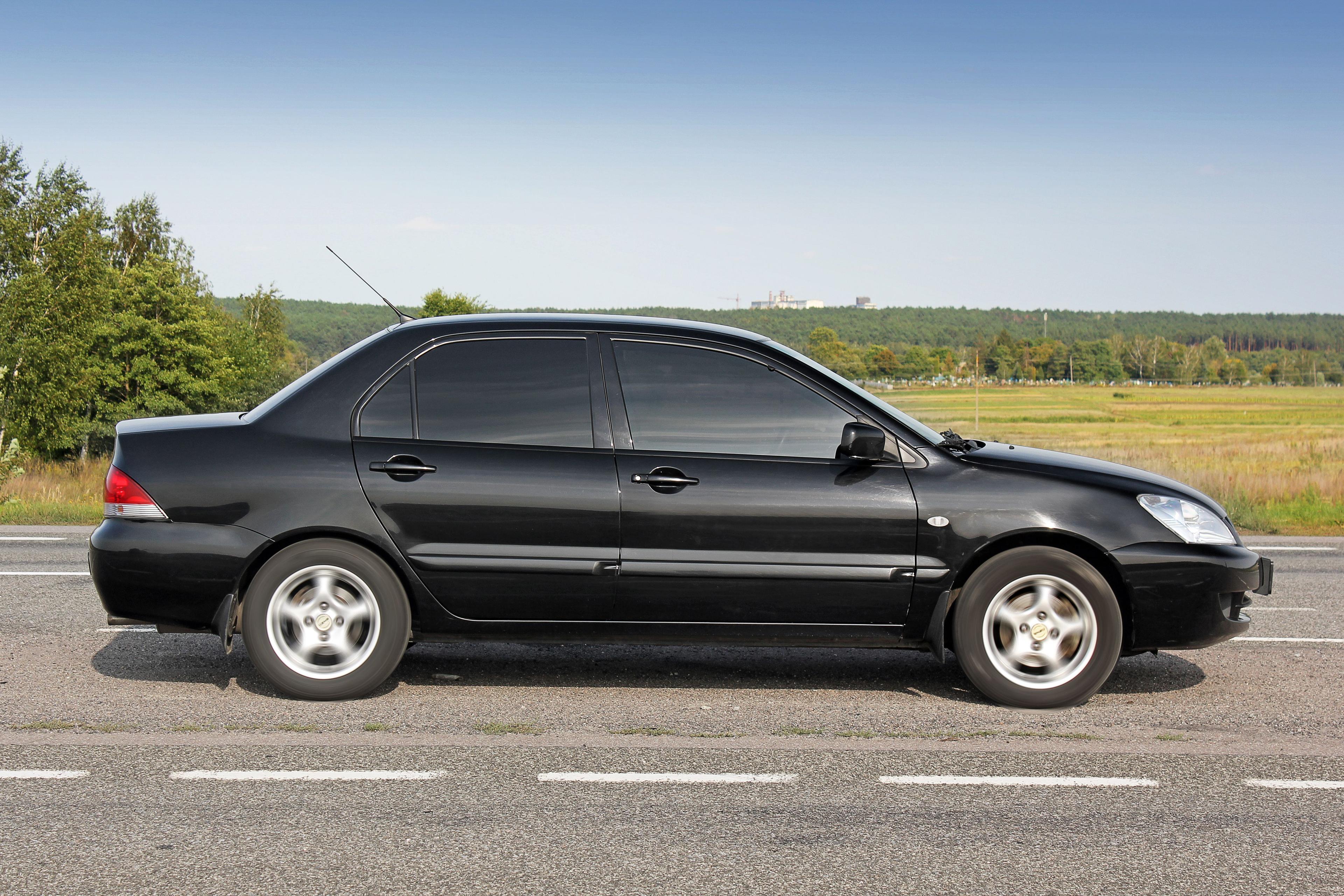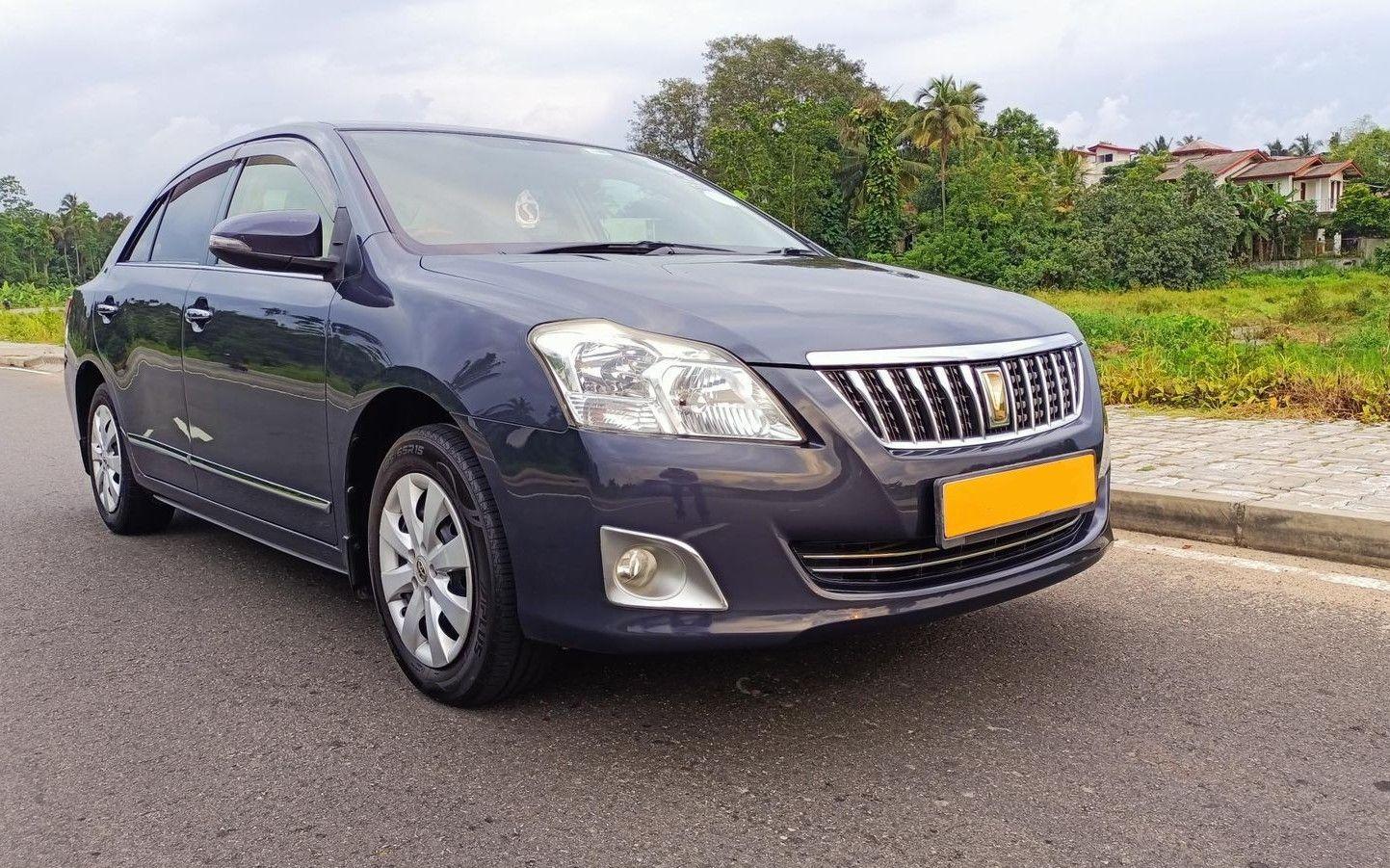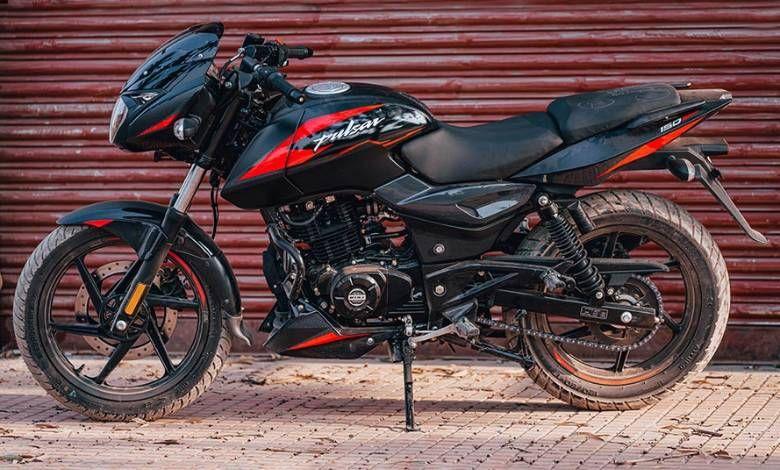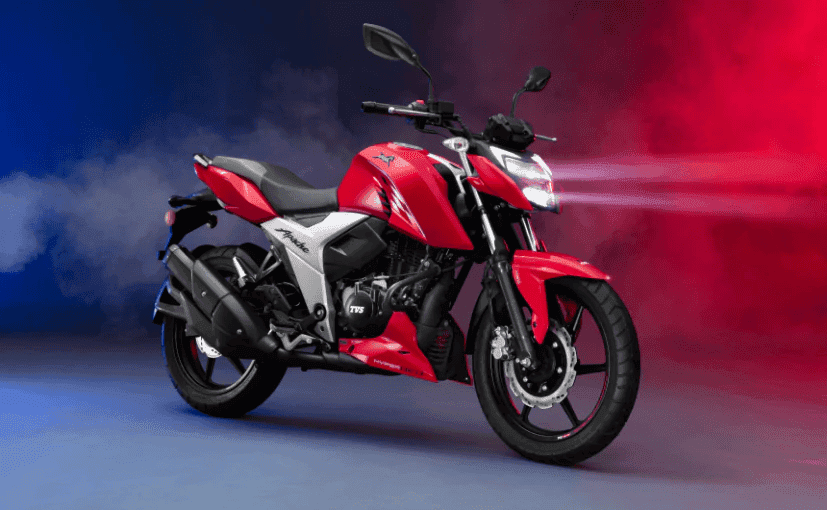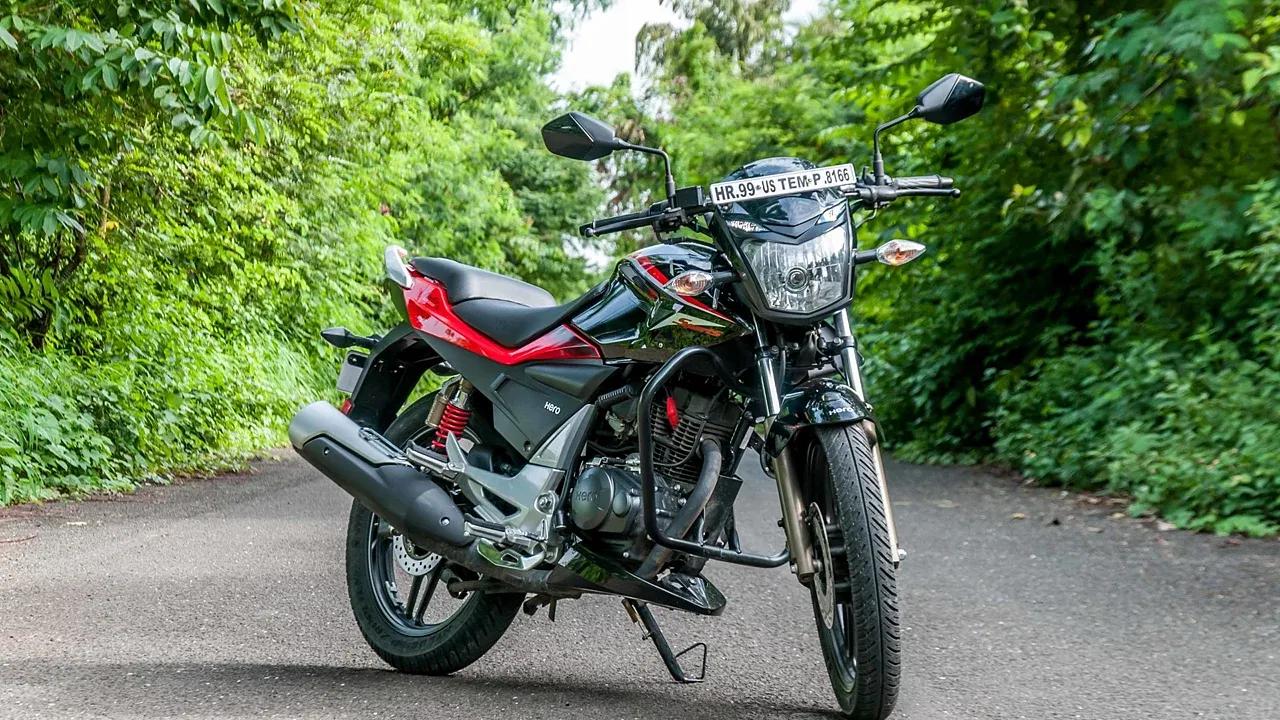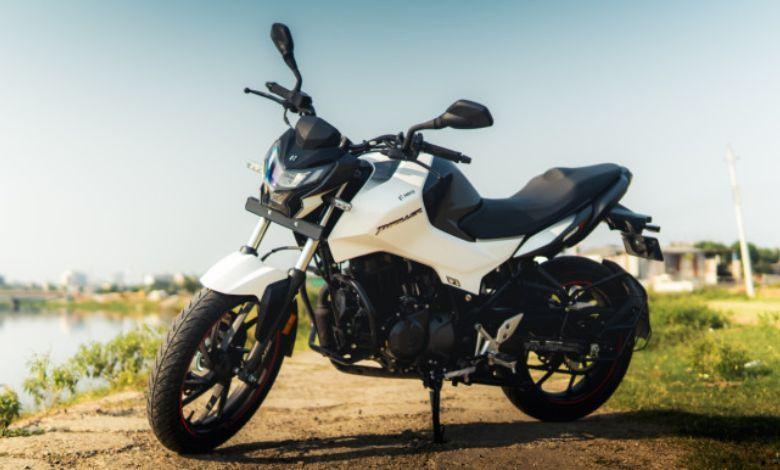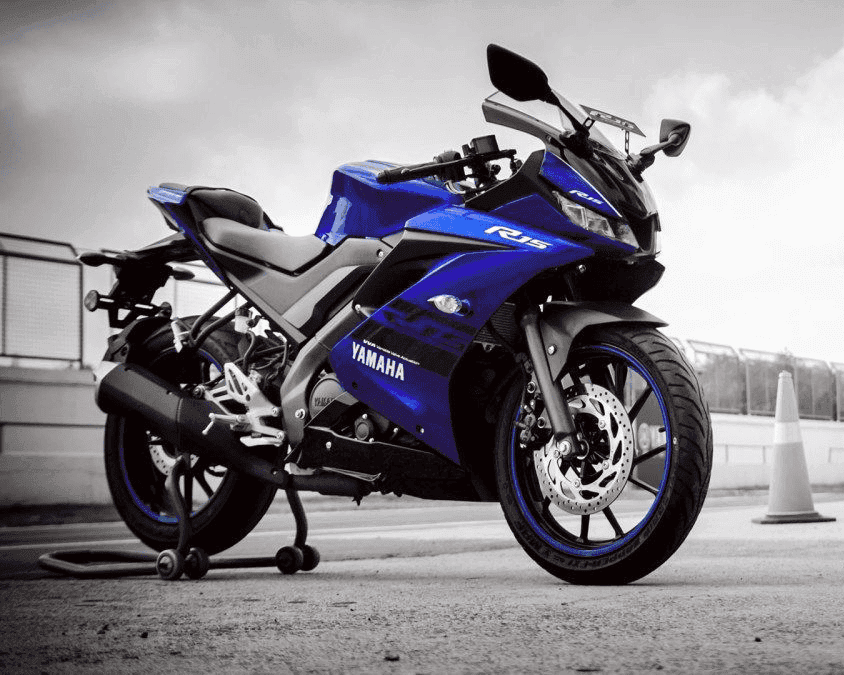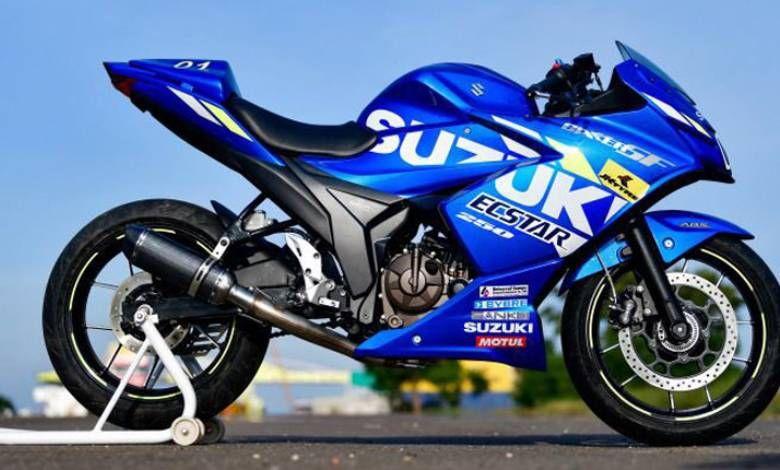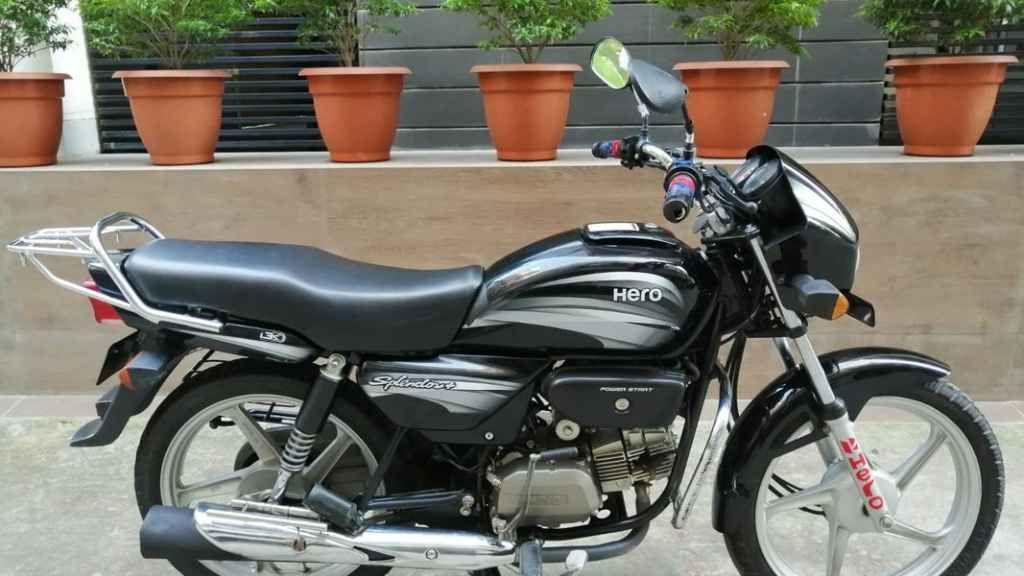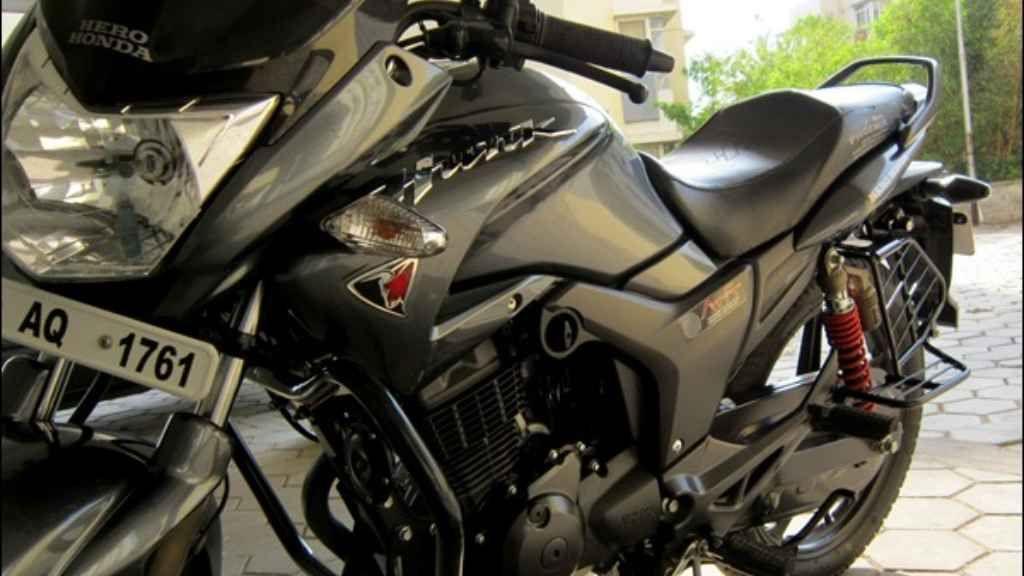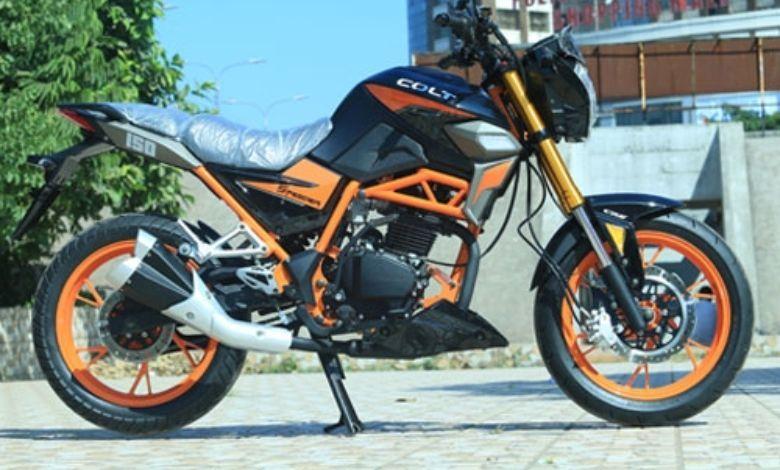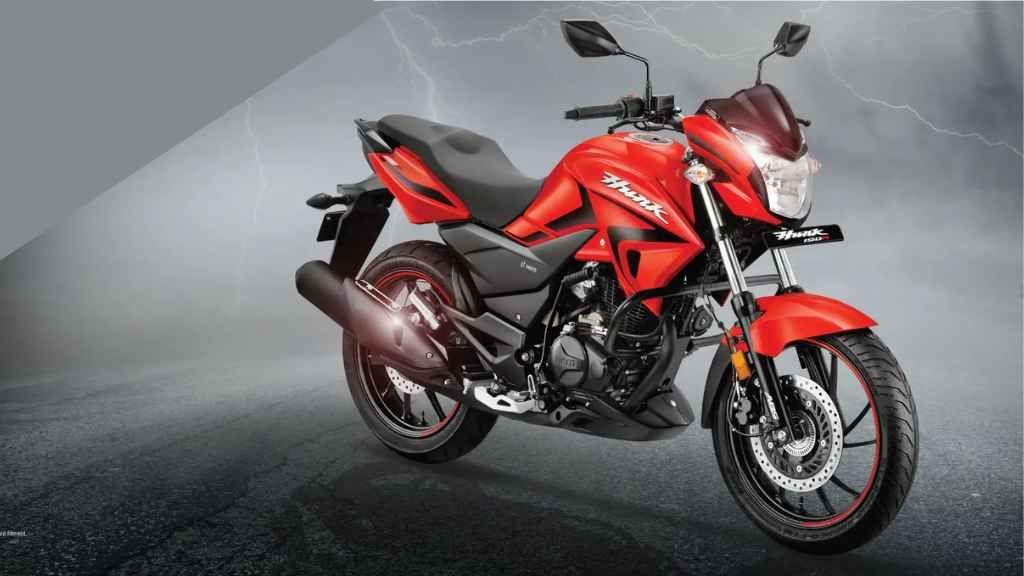Motorcycle Clutch: How to Maintain It Properly
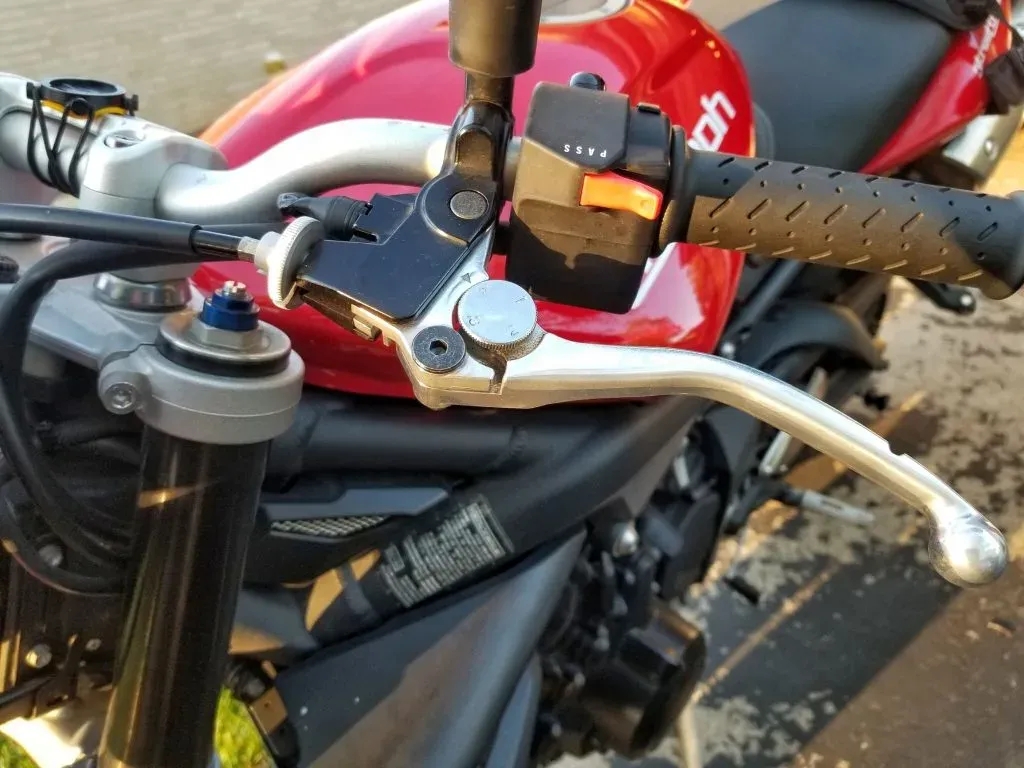
What is a Bike Clutch and Why is it Important?
A bike clutch is a component that connects the engine power to the gearbox and wheels. It plays a crucial role in keeping the bike operational.
When you press the clutch lever, it disconnects the engine power from the gearbox and wheels. This allows you to control torque and speed, as well as slow down the bike smoothly without shutting off the engine. In short, the clutch helps with smooth gear shifting and overall ride control.
Why is Motorcycle Clutch Maintenance Important?
If your clutch is not functioning properly, you won’t be able to control acceleration or top speed efficiently. A jammed or worn clutch can cause performance issues, making maintenance essential for safe and smooth riding.
How to Know When Your Clutch Needs Maintenance?
- If engine RPM increases but the bike doesn’t gain speed as expected, the clutch may be slipping (too dry).
- If the clutch lever feels too hard, or gear shifting is difficult.
- If you notice unusual noise or vibration while riding.
- If the bike struggles to deliver speed in high gears despite high RPM, the clutch may be faulty.
Clutch Maintenance Tips
1. Use Quality Engine Oil
Good engine oil keeps clutch plates smooth and reduces friction. Poor-quality oil can damage clutch plates and other engine parts faster.
2. Clutch Lever Adjustment
Never keep the clutch lever too tight. Standard free play should be 10–20 mm. Keeping it too tight increases wear and tear.
3. Clutch Cable Adjustment
The clutch cable determines how tight or loose the lever feels. Over time, the cable may stretch. Adjust it when it becomes too loose or too tight. Avoid frequent unnecessary adjustments, as they cause more wear.
4. Avoid Riding in High Speed with Low Gears
Always pull the clutch fully before shifting gears. Releasing it halfway or shifting carelessly increases friction and can damage the clutch system.
Final Thoughts
For long-lasting clutch performance:
- Always use high-quality engine oil.
- Keep lever free play at standard levels (10–20 mm).
- Avoid unnecessary clutch cable adjustments.
- Ride responsibly to reduce strain on the clutch.
Proper clutch care ensures better bike performance, safety, and less frequent replacement needs.
